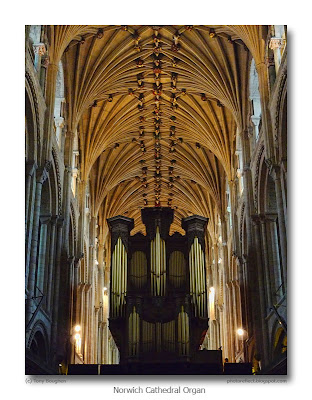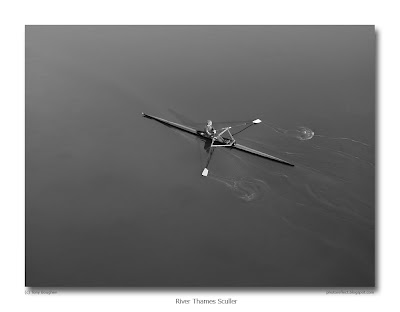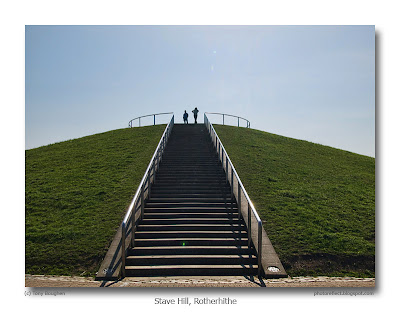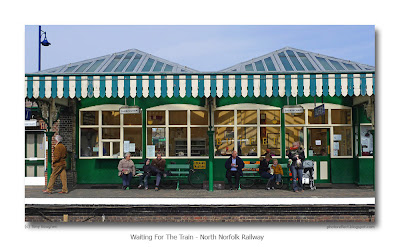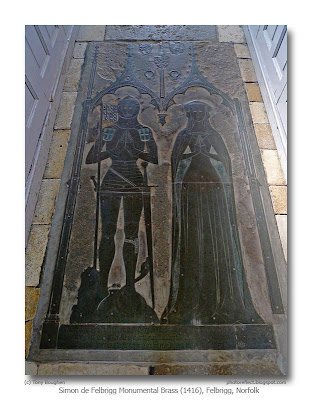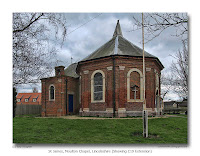 click photo to enlarge
click photo to enlarge"The significance of man is that he is insignificant and is aware of it."
Carl Becker (1873-1945), U.S. historian
If only! Carl Becker was right to emphasise a high level of self-awareness as one of the things that separates man from other living organisms. However, one wonders whether, had he been living in the last quarter of the twentieth century, or today, he would have been so easy in penning those last five words. It's true that a large section of mankind as a whole, in terms of much of its art, philosophy and religion, recognises its own unimportance in the grand scheme of things. But, at an individual level, there are too many inhabitants of this planet who think that they are the centre of the universe and that all else revolves around them.
It was always thus of course, to a greater or lesser degree. Yet I can't help but think it very strange that at a time when we know our position in the universe so much better than ever before, and we are aware of our place in our community, society, country, continent and world as never before, our species seems to be more self-centred and self-important than at any time in our history. We consume the earth's resources with a wilful disregard for the future, seek through riches to provide all our own needs and wants and sefishly divorce ourselves from our communities, and try our best to achieve economic and social advantage for our offspring with little regard for others. Our politicians - if the current campaigning for next week's general election in the UK is anything to go by - seek to be elected by appealing directly to this self-centred attitude, with no clear political philosophy, vision or thought of building a community in which all can share, prosper and be fulfilled, featuring anywhere in their manifestos. We seem to be well on the way to becoming a society that only considers "what's in it for me", full of too many individuals who think themselves the only significant actor in their personal universe. No, Carl Becker, surely couldn't have written that sentence in 2010.
Today's photograph of two parents with their small children, walking in a sunlit slice of the beach at Great Yarmouth, Norfolk, reminded me of that quotation, and prompted today's rather pessimistic reflection. There's nothing like the open sky, the vastness of the sea and an empty beach to give a proper significance to the human form. I composed this shot with wide zoom lens near its widest setting to emphasise the smallness of the people in their location.
photograph & text (c) T. Boughen
Camera: Olympus E510
Mode: Aperture Priority
Focal Length: 21mm (42mm/35mm equiv.)
F No: f5.6
Shutter Speed: 1/4000
ISO: 100
Exposure Compensation: -1.3 EV
Image Stabilisation: On

